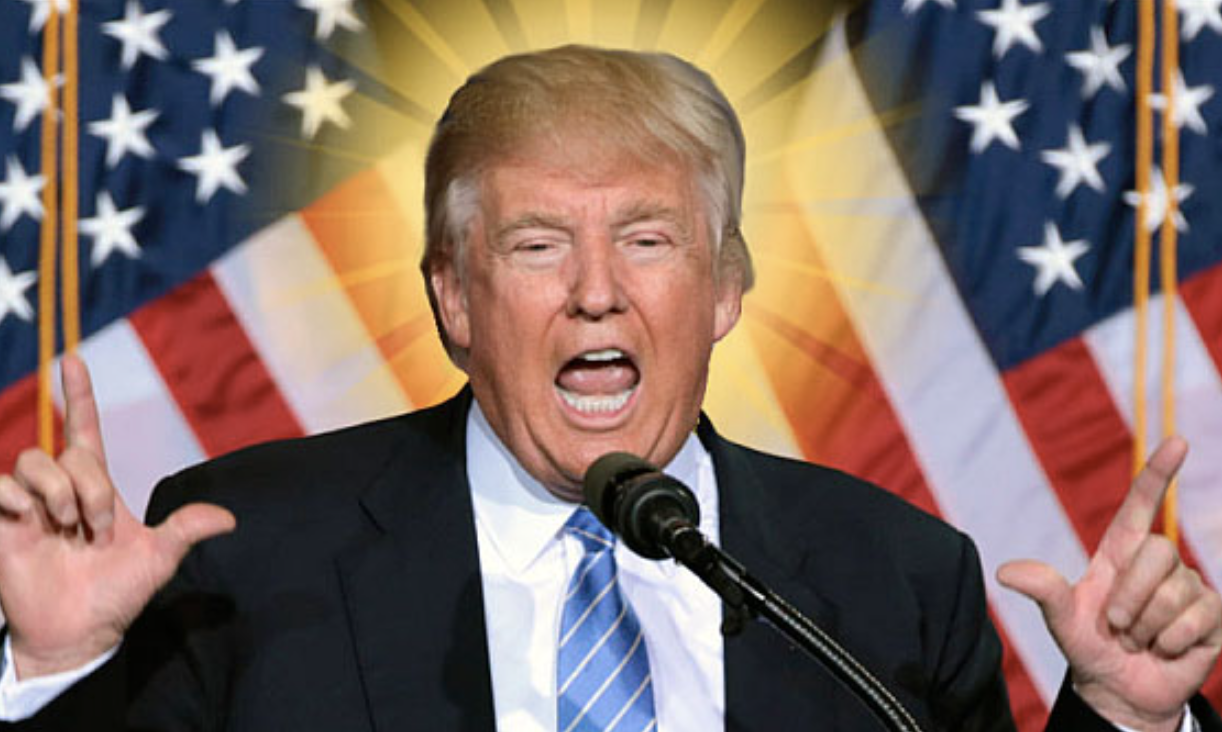Symbolism often plays a major role in tense clashes between people with competing religious beliefs (or secular beliefs, for that matter).
You could see evidence of this fact during and after the recent kerfuffle about a small group of Tampa Bay Rays players who declined to wear special rainbow-logo uniforms during the team’s recent celebration of Pride Month. The media coverage of this clash was the subject of this week’s “Crossroads” podcast (CLICK HERE to tune that in), in part because the stories raised more questions than they answered.
I’ll get to some of those questions, but first let’s look at the Washington Post coverage. Note that this means the Rays conflict was a national story, since the Post doesn’t cover mere regional stories and disputes (see this classic M.Z. Hemingway post about the newspaper’s MIA stance on covering the trial of Philadelphia abortionist Kermit Gosnell).
The headline on this sports-desk story: “Rays players make ‘faith-based decision’ to shun Pride Night logos.” Yes, it’s important to note that there are doubts about the nature of this “faith-based” angle. Let’s look at some important passages in this:
A member of the Tampa Bay Rays said he and several teammates made a “faith-based decision” to not wear rainbow-colored logos on their uniforms during a “Pride Night” home game Saturday that recognized the LGBTQ community.
Most Rays players, per accounts from the game, wore the special uniform designs that had a rainbow pattern over the “TB” on their caps and over a sunburst logo on their right sleeves. The team, which has staged Pride Night for several seasons but had not previously included uniform changes, reportedly gave players the option to display the logos or go with the usual look.
The crucial fact there is that team management decided to allow players some degree of free-will in this case. Hold that thought.
Apparently, team management asked pitcher Jason Adam to make a statement on why he, and four others, elected to wear their usual jerseys for this symbolic event. Thus, he said:
“A lot of it comes down to faith, to like a faith-based decision,” said Adam, a 30-year-old in his fifth major league season.










